Votes for Women: A Portrait of Persistence, is open at the National Portrait Gallery
To celebrate the centennial anniversary of women’s suffrage in the United States, Votes for Women: A Portrait of Persistence, is open at the National Portrait Gallery March 29, 2019 – January 5, 2020. Votes for Women features more than 120 portraits and objects spanning 1832 to 1965 that explore the American suffrage movement and the political challenges women faced.

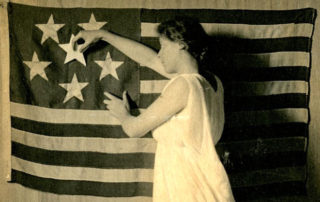
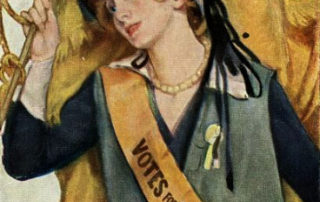
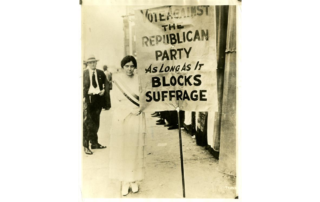
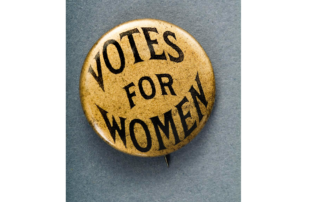
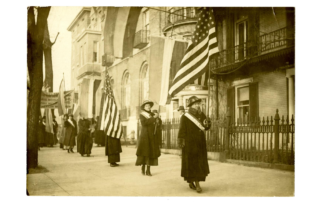
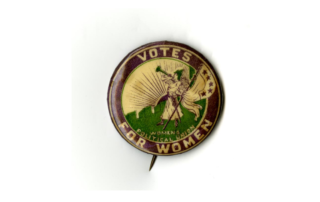
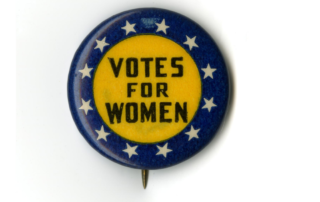
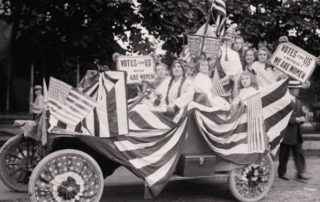

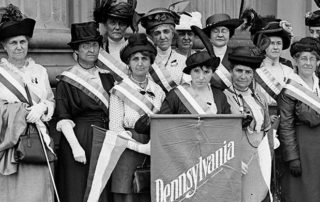
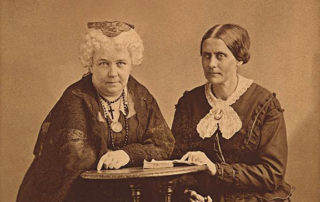
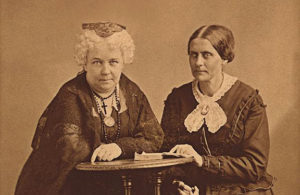 This forgotten endurance will be overlooked no more, thanks to “Votes for Women: A Portrait of Persistence,” a major new exhibit at the National Portrait Gallery through January 5, 2020, that features more than 120 artifacts, including the images and objects on these pages. “I wanted to make sure we honored the biographies of these women,” says Kate Lemay, a Portrait Gallery historian and the curator of the exhibit, which portrays the suffragists as activists, but also as students, wives and mothers. “I wanted to recognize the richness of their lives,” Lemay says. “I think that will resonate with women and men today.” The exhibit is part of the Smithsonian American Women’s History Initiative, intended to be the nation’s most comprehensive effort to compile and share the story of women in this country.
This forgotten endurance will be overlooked no more, thanks to “Votes for Women: A Portrait of Persistence,” a major new exhibit at the National Portrait Gallery through January 5, 2020, that features more than 120 artifacts, including the images and objects on these pages. “I wanted to make sure we honored the biographies of these women,” says Kate Lemay, a Portrait Gallery historian and the curator of the exhibit, which portrays the suffragists as activists, but also as students, wives and mothers. “I wanted to recognize the richness of their lives,” Lemay says. “I think that will resonate with women and men today.” The exhibit is part of the Smithsonian American Women’s History Initiative, intended to be the nation’s most comprehensive effort to compile and share the story of women in this country.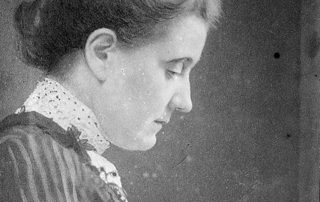
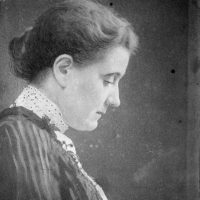 We invite you to explore the stories of women’s access to the vote across America, through the histories of these 20 people who were among those who made it possible. Looking for more histories of suffragists?
We invite you to explore the stories of women’s access to the vote across America, through the histories of these 20 people who were among those who made it possible. Looking for more histories of suffragists?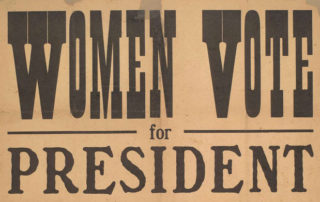
![Women vote for President... why not in California? [broadside]](http://digitalassets.lib.berkeley.edu/calheritage/ucb/honeyman/figures/HN001873aA.jpg)

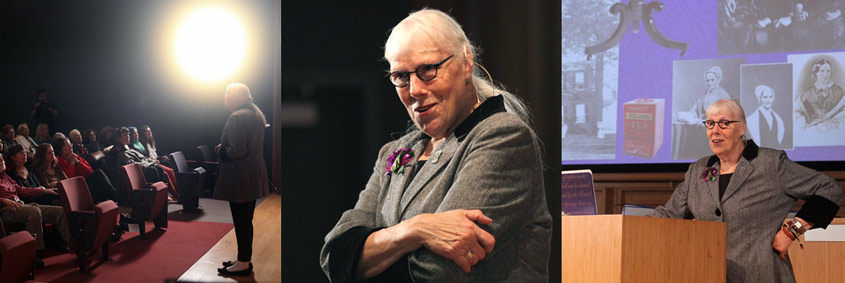
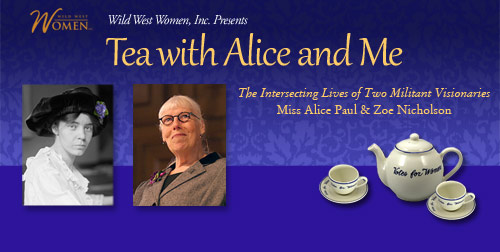 With Zoe Nicholson, writer, scholar, for one day only, January 7, 2018
With Zoe Nicholson, writer, scholar, for one day only, January 7, 2018